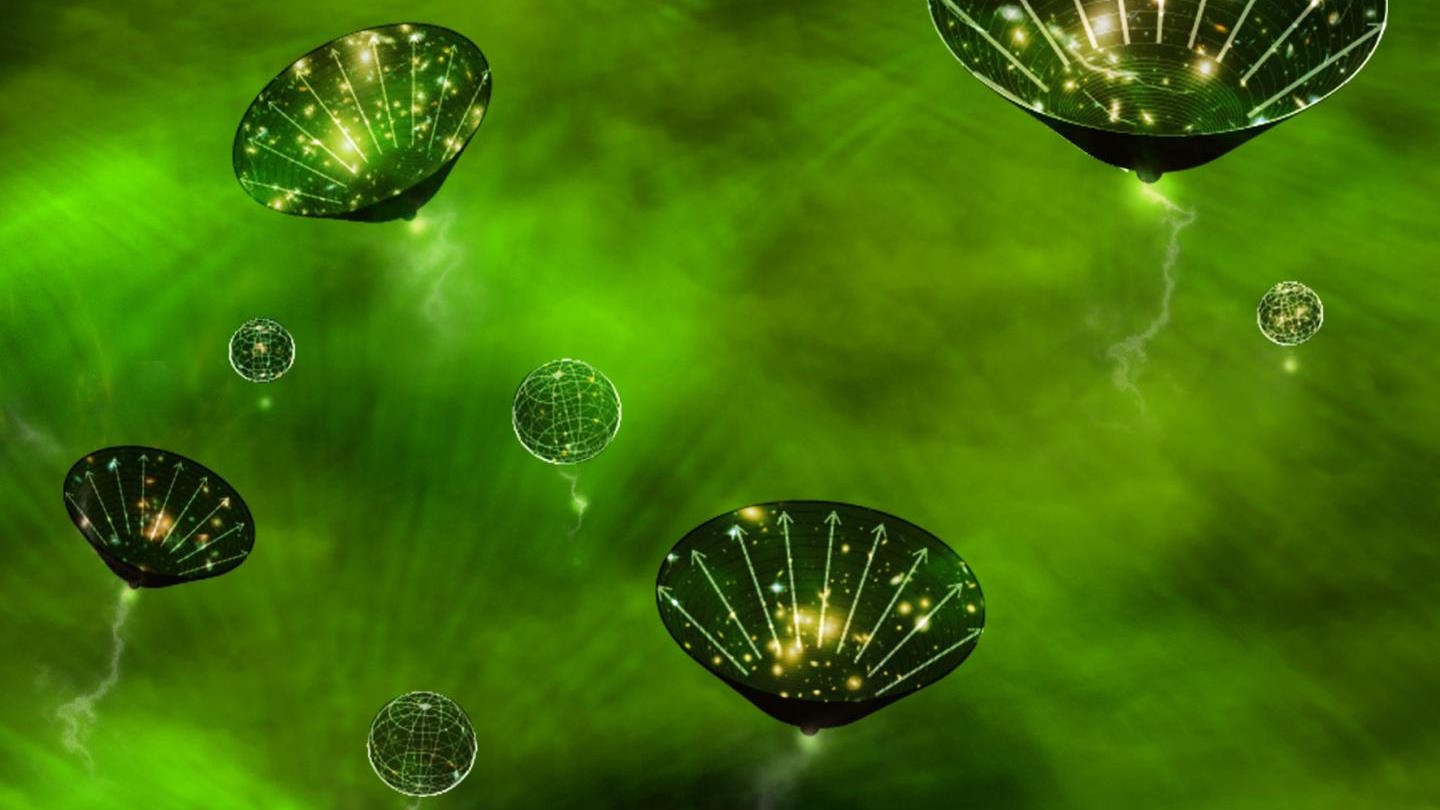String theory is trying to reconcile quantum mechanics and gravity, Randall says.
Lisa Randall: Well okay, so first of all what problem is string theory trying to solve? String theory is trying to reconcile quantum mechanics and gravity. And let’s take a step back and see what we mean by that, because in fact we do understand gravity. Einstein’s theory of general relativity describes gravity, and it’s been tested. We’ve seen evidence of general relativity. Quantum mechanics we know very well has been tested on atomic skills. The point is that there exists scales that we can’t test. They’re much too small for experiments to be done – in distance, or much too high energy – where we wouldn’t know how to make predictions. It would look inconsistent. In other words, in the regime of large things where cosmology or general relativity applies, we do fine. It’s just quantum mechanics is negligible on those scales. On small scales, atomic scales we can ignore gravity because gravity is so weak. But there exists tiny distances or very high energies where both forces (22:24) would, in principle, be important. Those aren’t ones where we can experimentally test; but even theoretically we believe we should have a theory which could work at all distance scales. It’s just the fact that we haven’t been able to make experiments to test those yet doesn’t mean there shouldn’t be a theory that describes it. So people have been looking for a candidate theory of what’s called “quantum gravity” for some time. So string theory is a theory of quantum gravity. Or it’s a candidate theory of quantum gravity. And it’s based on the idea that fundamentally we don’t have elementary particles, but we have fundamental oscillating strings. And particles are the oscillation of those strings. And if you . . . You can say how could we not notice those strings in the particles. But if you think about it, if the strings are really tiny, they look like particles. We can’t see it. To see that it’s actually a string, you’d have to see the additional oscillations that a strong can have. And to do that you’d have to be able to test the energies that it would take to make a string oscillate. And it turns out we need to start having __________ approach anywhere near those energies at this point.So essentially what we’re doing is we’re taking . . . It’s sort of an interaction in the sense that we take some ideas from string theory, such as extra dimensions and branes, and see what could be the implications for particle physics. And if, for example, it was found that we were right, string theorists would have to find ways to predict the kind of geometry we propose. And if that . . . After we did our work . . . At first when we did it, everyone said, “Oh this never happens in string theory.” But after we did it, people found ways that this could happen in string theory. But also some of the more theoretical work such as the infinite work dimension of space, maybe that goes back to string theory. There are possibilities that people haven’t thought about yet. So . . . and it goes back and forth.
Recorded On: 11/2/07






